Do you know what “feijoada” is?
This dish, beloved as a national food in Brazil, features beans and meat, characterized by its creaminess and the juiciness of the meat.
Let me introduce you all to feijoada, a dish that can be enjoyed as a feast in itself.
Please watch until the very end!
Additionally, TasteTune introduces cuisines from around the world and streams music that expresses those dishes♪
Available on YouTube, Spotify, and other platforms, so enjoy it along with this article!
What is Feijoada?
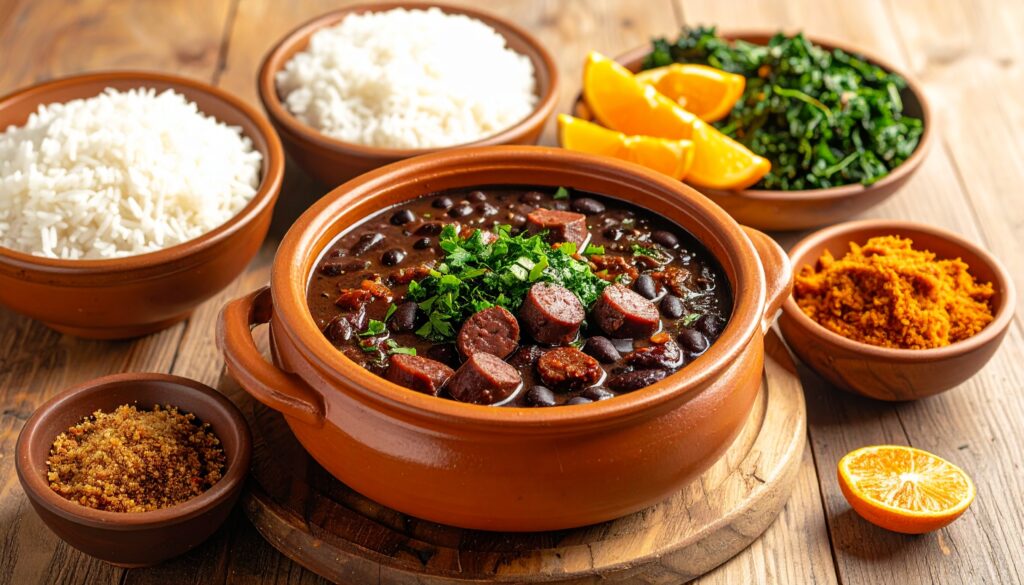
Feijoada is a dish with Portuguese roots that developed uniquely in Brazil.
The name originates from the Portuguese word feijão, meaning bean dish.
True to its name, it is made by simmering black beans and meat slowly for several hours.
The rich, deep flavor comes from black beans simmered slowly over time.
Pork or beef is added to this, allowing the fat and savory flavor to permeate throughout.
Therefore, it is characterized by a rich flavor with a strong salty taste and umami, offering a satisfyingly hearty taste.
Feijoada also comes with a variety of side dishes.
For example, it's standard practice to balance things out with plain rice, stir-fried cassava flour, thinly sliced oranges, and so on.
TasteTune「Feijoada」
Hey everyone, have you heard Tastetune's song “Feijoada”?
This music draws inspiration from feijoada, expressing the joyful spirit of Brazilian celebrations and the warmth of family through sound.
Acoustic guitar, cavaquinho, and smooth bass ride the rhythms of samba and bossa nova, inviting listeners to a heartwarming Brazilian feast.
Please give it a listen!
Below, we introduce the thoughts, expressions, and creative approaches embodied in this musical work.
The Rhythm of Simmering and Cheerful Warmth: Choosing the Tone
This piece begins with a gentle, warm rhythm, much like the time it takes for feijoada to simmer slowly.
The guitar and cavaquinho (a small Brazilian stringed instrument) play lightly, evoking the rich aroma of black beans and meat blending together.
There, the sound of a gently flowing bass is added, creating a sense of security like a family gathering.
Soon, the addition of rhythm instruments like the pandeiro and surdo, along with the bright sound of brass, creates a uniquely Brazilian festive atmosphere that naturally brings a smile to the listener's face.
It is a work that paints, through sound, the “richness within simplicity” inherent in the dish called feijoada.
A climax that spreads joy and a melody that touches the heart: The composition of the piece
As the song progresses, the music gradually brightens, growing livelier as if people were beginning to dance in the town square.
The vibrant sound of brass and the rhythm of the guitar intertwine, enveloping you in a heart-lifting sense of exhilaration.
On the other hand, during the gentle parts in between, warm scenes come to mind of family and_ friends gathered around the table, smiling and_ chatting.
This composition, where cheerfulness and tenderness alternate, carefully paints in sound the very essence of feijoada's charm—the warmth of home and the joy of spending time with friends.
The lingering warmth of tenderness: The song's conclusion
Finally, the sound of the guitar slowly fades away, leaving only a soft rhythm behind.
At that moment, a pleasant sense of satisfaction after a meal and a warm smile come to mind for the listener.
Like the blissful sigh you feel after finishing a bowl of feijoada.
This gentle ending is a precious passage that conveys the “kindness within the cheerfulness” that Brazil possesses as a country.
The World of Feijoada: Savored Through Sound
This piece of music is not just background music.
This artwork invites you to experience through sound the “deep, warm flavor” of feijoada, Brazil's “bright and proud culture,” and the “power of connection” that brings people together in shared laughter.
Close your eyes, and you'll hear the laughter of family mingling with the rhythm, while the fragrant scent of Brazil fills the air as the breeze sweeps through—here lies a journey savored through sound.
Please let your heart unwind and surrender to the world of feijoada's sounds, savoring the lingering echoes of happiness at your leisure.
The History of Feijoada
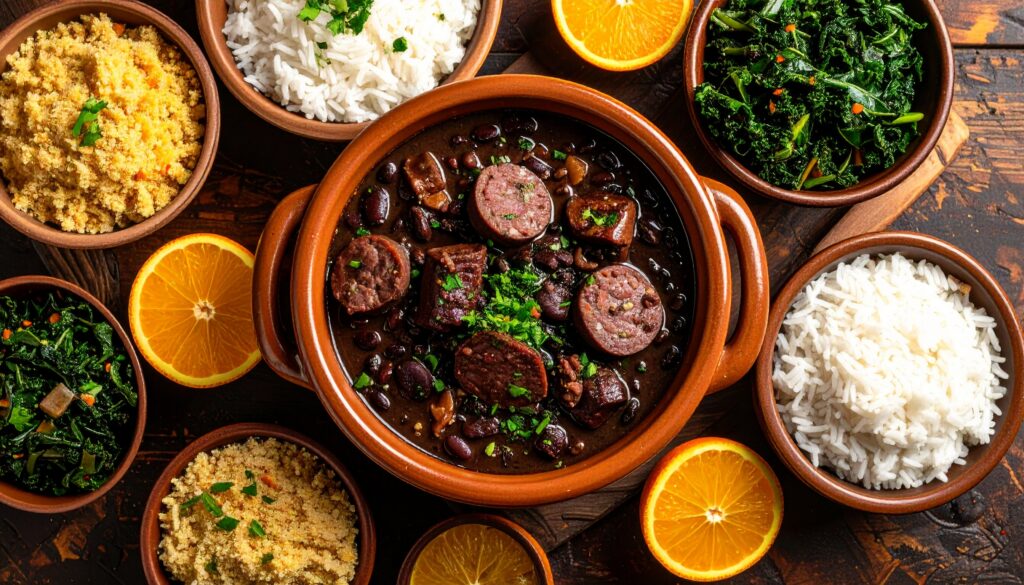
Meat and bean stews have existed since ancient Roman times and spread throughout Europe.
Therefore, it shares similarities with dishes like French cassoulet and_ Spanish cocido.
And it was the same in Portuguese-speaking countries.
The stewed meat and beans dish evolved into what is known as “feijoada.”
The northern regional version is considered the prototype of feijoada.
And as Portugal colonized Brazil, this stew of beans and meat also made its way there.
In Brazil, native black beans are used, and the dish has evolved uniquely, encompassing the type of meat, cooking methods, and_ even the side dishes.
This is feijoada.
In the late 19th century, restaurants in Rio de Janeiro began serving “full feijoada.”
As a result, the style now widely recognized became established as restaurant culture.
During this period, its status as a dish began to permeate not only among the common people but also as a common dish among the middle and upper classes.
By the 20th century, feijoada had become symbolized as the “national dish.”
Within the Brazilian Modernist and Nationalist movements, it came to be regarded as a representation of the national character of Black and Indigenous peoples.
Today, feijoada is widely recognized as a dish that embodies the essence of Brazil.
Fun Facts and Trivia About Feijoada
The “Slave Origin Theory” and Its Criticism and Reexamination
The widely accepted oral tradition holds that feijoada originated when plantation slaves cooked the meat scraps discarded by their masters—such as ears, feet, and hides—with beans.
However, this theory has been questioned by historians and food culture researchers, with counterarguments such as: “Considering parts like pig's feet and ears as ‘discarded leftovers’ is a mistake stemming from a modern perspective,” and “These parts were also commonly used as ingredients in traditional Portuguese cuisine.”
Feijoada and Music
Feijoada is also known as a dish enjoyed alongside samba music.
Especially at Rio's samba schools and city events, gatherings called “Feijoada com Samba” are held, serving as social occasions where food and music become one.
The Reason Oranges Are Served

Fajada is almost always served with thinly sliced oranges.
The reasons are “to aid digestion” and “to enhance iron absorption.”
Combining the iron in black beans and meat with vitamin C enhances their nutritional benefits.
It also serves to neutralize greasiness with a refreshing effect.
Eating Day
In Brazil, the custom of eating feijoada for lunch on Wednesdays and Saturdays is becoming widespread.
It is said to have originated as a “special Wednesday and Saturday menu” offered by a 19th-century restaurant in Rio de Janeiro.
Even today, many restaurants serve feijoada on that day, and it has become so established that people say things like, “Today's feijoada day, isn't it?”
Feijoada, also found in Portugal
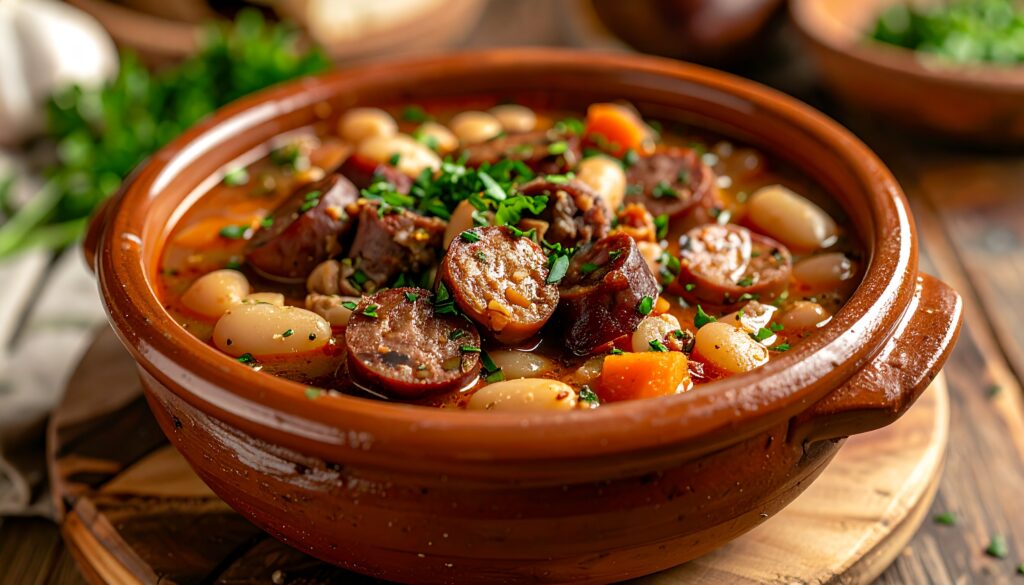
Actually, Portugal also has its own version of “feijoada.”
The basic recipe involves simmering red beans or white beans with pork and sausage.
The Brazilian version is said to have derived from this, leading to the use of black beans.
Unlike the Brazilian version, it has a brighter appearance and a more European finish.
How to Make Feijoada
Ingredients (Serves 6–8)
- Black beans (dried)… 500g
- Pork shoulder (cubed)… 300g
- Pork belly (diced)… 300g
- Sausage (linguiça, chorizo, etc.)… 250g
- Bacon… 150g
- Pig's feet or_ pig's ears (as desired)... 1 portion
- Beef (jerky or_ shank) ... 200g
- Onion (finely chopped)… 1
- Garlic (minced)… 3 cloves
- Bay leaves… 2 leaves
- Orange (sliced, for garnish)… 1
- Salt... to taste
- Black pepper... to taste
- Olive oil… 2 tablespoons
- Water... enough to soak beans + for simmering
How to Make Feijoada
- Preparing the beans
First, remove any foreign objects or small stones from the black beans and wash them thoroughly.
Soak the beans in plenty of water overnight (at least 8 hours).
After soaking, discard the water and lightly rinse again with clean water. - Meat Preparation
- When using dried meat (jerky), soak it in water for several hours to remove excess salt, changing the water halfway through.
- Cut the pork and beef into large cubes.
- Stir-fry
Heat olive oil in a large pot, then sauté the onion and garlic until fragrant. - Simmer
Place the soaked black beans in a pot and add the meats (pork shoulder, pork belly, dried pork, pork trotters and ears, sausage, bacon, etc.).
Pour in enough water to fully cover the ingredients, add the bay leaf, and simmer over medium heat. - Debugging and Adjustment
Simmer for 2 to 3 hours, skimming off the scum occasionally.
The meat should be tender, and the beans should be soft and creamy.
A common technique involves crushing a few beans during cooking to thicken the soup, which helps bind the entire broth together. - Seasoning
Season with salt and black pepper. - Finishing
Once the stew has simmered sufficiently and the flavor and thickness are just right, turn off the heat and let it rest for a moment.
Serve with thinly sliced orange alongside white rice, sautéed cassava flour (farofa), and sautéed kale.
Summary
How did you like it?
This time, we introduced Brazil's national dish, feijoada!
We've come to understand that this dish, so deeply integrated into daily life, is also extremely important from a historical and cultural perspective.
But it's not just that—I think the taste and the tradition of gathering around and sharing it together are also part of its appeal.
Additionally, the high nutritional value of this dish is another appealing aspect.
You can also enjoy it healthily by adjusting the amount of meat or beans.
Whether you prefer healthy or hearty, it might be nice to enjoy it according to your taste!
Now, regarding restaurants in Japan where you can eat this dish, you can find it at Brazilian restaurants or South American restaurants.
Here, you can enjoy a taste closer to the authentic flavor!
Additionally, I have also provided an explanation of the preparation method this time.
Soaking and simmering times are long, but I think homemade dishes have a different kind of appeal compared to restaurant food.
Both dishes taste even better when shared with family and friends.
Please give it a try.
I'd be thrilled if even one person finds this article interesting!
Thank you for watching until the very end!
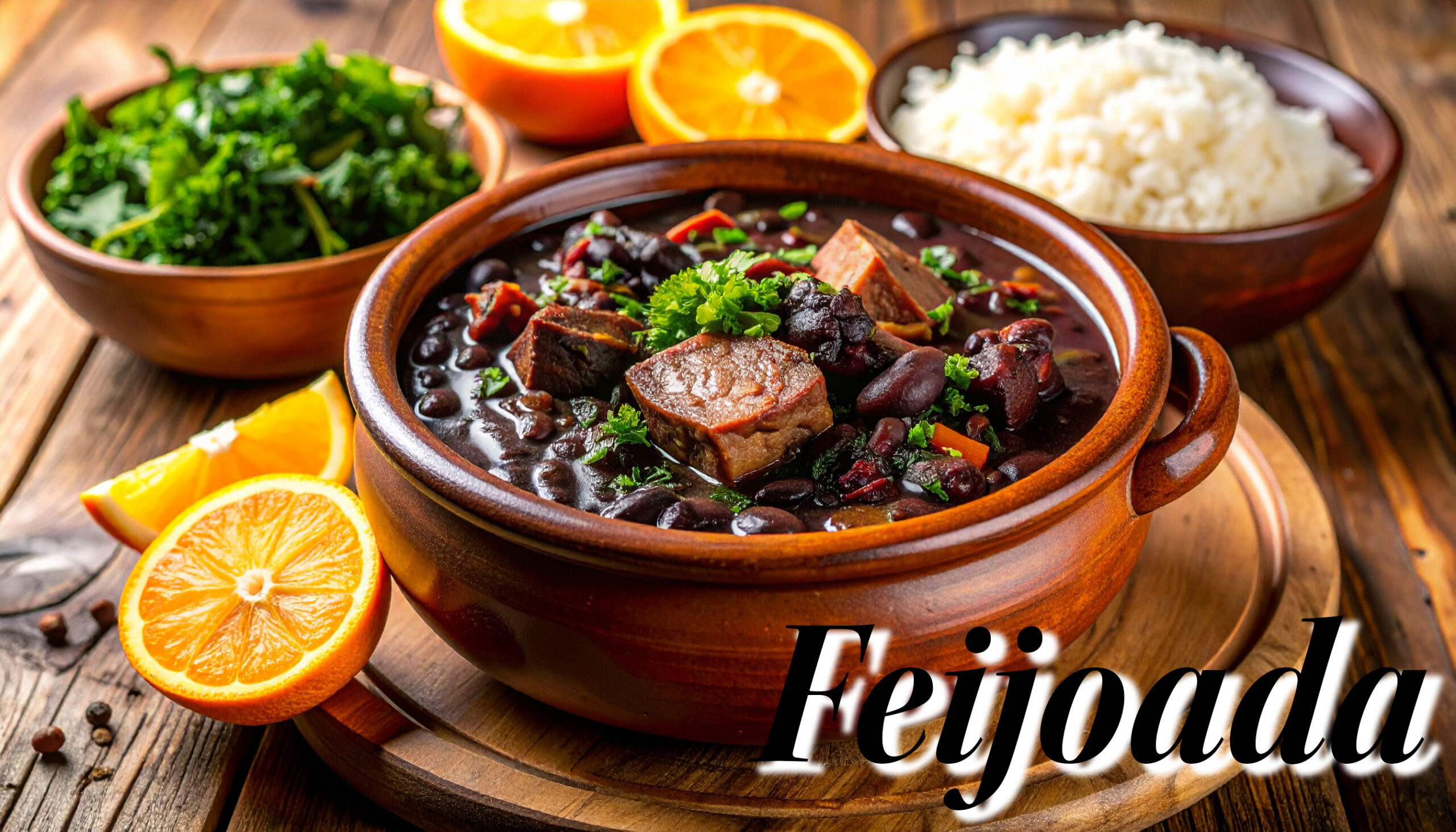
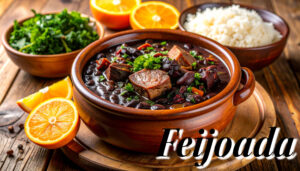




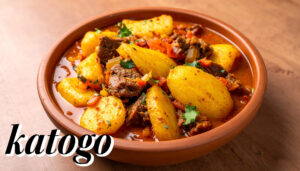


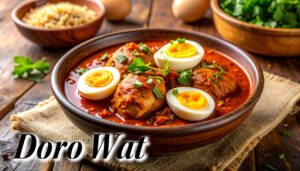
Comments